Jaipur, the capital city of Rajasthan, often referred to as the Pink City, is a melting pot of culture, history, and tradition. Known for its majestic forts, palaces, and vibrant markets, Jaipur is also famous for its rich cultural festivals that reflect the city’s royal heritage and deep-rooted traditions. Throughout the year, Jaipur hosts a variety of festivals that celebrate everything from religion and art to literature and seasonal changes.
These festivals are more than just events — they are an expression of the city’s soul. They bring people together, attract visitors from across the world, and showcase Jaipur’s timeless charm through colorful processions, traditional music, folk dances, and elaborate rituals.
In this guide, we will explore the major cultural festivals of Jaipur, their historical significance, how they are celebrated, and why they are an unmissable experience for travelers.
1. Jaipur Literature Festival (JLF)
Time of Celebration: January
The Jaipur Literature Festival, often called the “greatest literary show on Earth,” is a vibrant celebration of words, ideas, and creativity. Held annually at the historic Diggi Palace, it attracts renowned authors, poets, journalists, and thinkers from across the globe. Over five days, the festival offers panel discussions, book readings, debates, and cultural performances, making it a paradise for literature enthusiasts. Visitors can engage with their favorite writers, discover new voices, and explore thought-provoking topics ranging from politics to poetry. Beyond literature, JLF showcases Rajasthani folk music, art installations, and regional cuisine, offering a sensory experience steeped in culture. Entry is free for general sessions, ensuring accessibility for all. The festival has become a major platform for cross-cultural dialogue, intellectual exchange, and creative networking, drawing thousands of attendees every year. For anyone passionate about books and storytelling, JLF is an unmissable event in Jaipur’s cultural calendar.
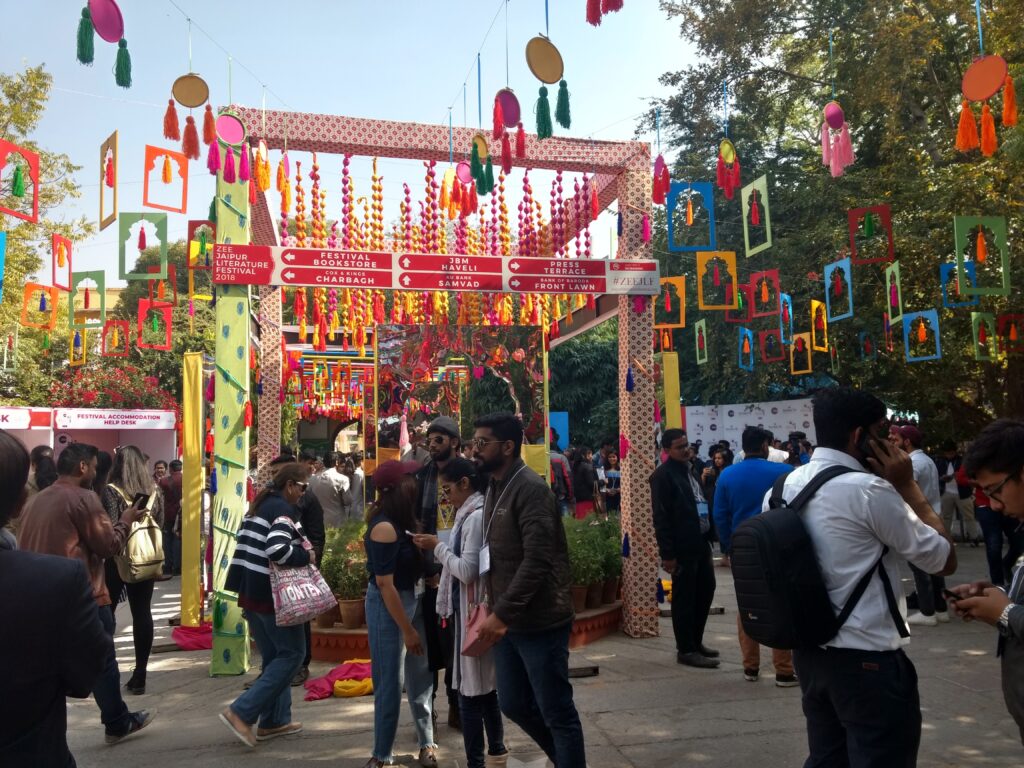
Highlights:
- Panel discussions, debates, and book readings.
- Interaction with famous writers and intellectuals.
- Music performances and art exhibitions alongside literary sessions.
Cultural Significance:
JLF is not just about books; it is about ideas, free speech, and cultural exchange. The festival creates a space where literature meets politics, environment, history, and contemporary issues.
Why Attend:
If you love literature, JLF offers a chance to meet your favorite authors and be part of stimulating conversations in the historic backdrop of Diggi Palace.
2. Kite Festival (Makar Sankranti)
Time of Celebration: 14th January
The Kite Festival in Jaipur, celebrated on Makar Sankranti (14th January), transforms the city’s skyline into a colorful tapestry of fluttering kites. Locals and visitors gather on rooftops from dawn to dusk, competing to cut each other’s kite strings in friendly contests. The atmosphere is charged with excitement, with music, laughter, and the sweet aroma of traditional delicacies like til ke laddoo and gajak filling the air. Skilled kite flyers showcase their expertise with kites of various shapes, sizes, and colors, while the evening sees illuminated kites and lanterns lighting up the night sky. The festival holds deep cultural significance, marking the harvest season and the transition of the sun into Capricorn. In Jaipur, landmarks like Jal Mahal and Nahargarh Fort offer breathtaking views of the festivities. This day is not just about flying kites—it’s about bonding with family and friends, celebrating joy, and honoring tradition in the Pink City.
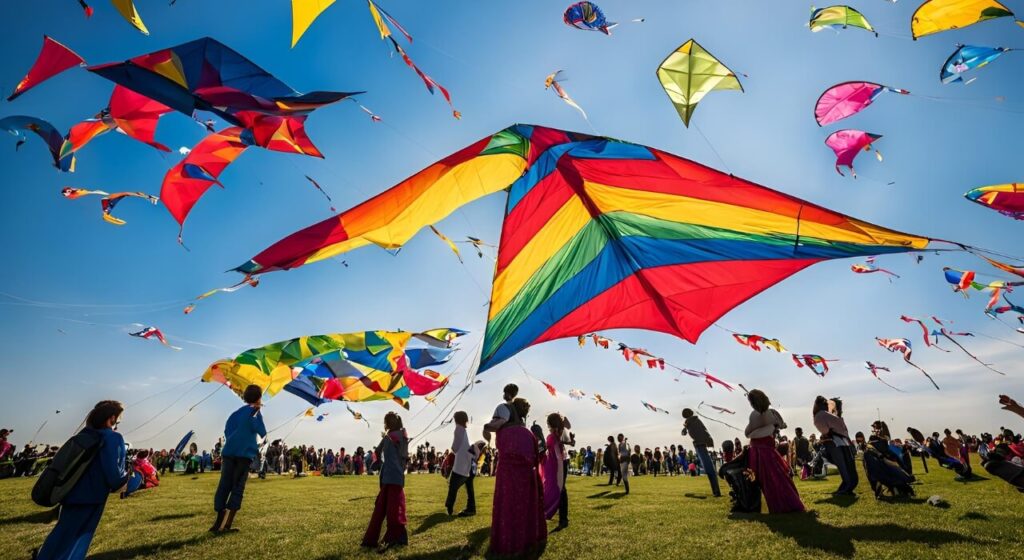
Highlights:
- Kite flying competitions.
- Traditional delicacies like til ke laddoo and gajak.
- Night kite flying with illuminated kites called tukkals.
Cultural Significance:
The festival symbolizes freedom, joy, and the change of seasons. It is also an important social event where families gather on rooftops, music plays, and food is shared.
Why Attend:
The sight of thousands of kites against the backdrop of Jaipur’s pink architecture is breathtaking.
3. Gangaur Festival
Time of Celebration: March–April (Chaitra month in Hindu calendar)
Gangaur Festival is one of Rajasthan’s most cherished celebrations, dedicated to Goddess Gauri, a symbol of marital bliss and prosperity. In Jaipur, it is celebrated with grandeur in March–April, especially by women who pray for the well-being of their husbands or future spouses. The festivities begin with rituals, fasting, and decorating clay idols of Gauri. Women dress in vibrant traditional attire, adorned with jewelry, and carry beautifully decorated pots on their heads during processions. The highlight is the grand parade starting from the City Palace, accompanied by folk music, dance performances, and camel and elephant processions. The streets of Jaipur come alive with colors, floral decorations, and the fragrance of incense. Tourists flock to witness the cultural richness and devotion displayed during the celebrations. Gangaur not only reflects Rajasthan’s deep-rooted traditions but also offers a mesmerizing glimpse into the Pink City’s royal heritage and vibrant community spirit.
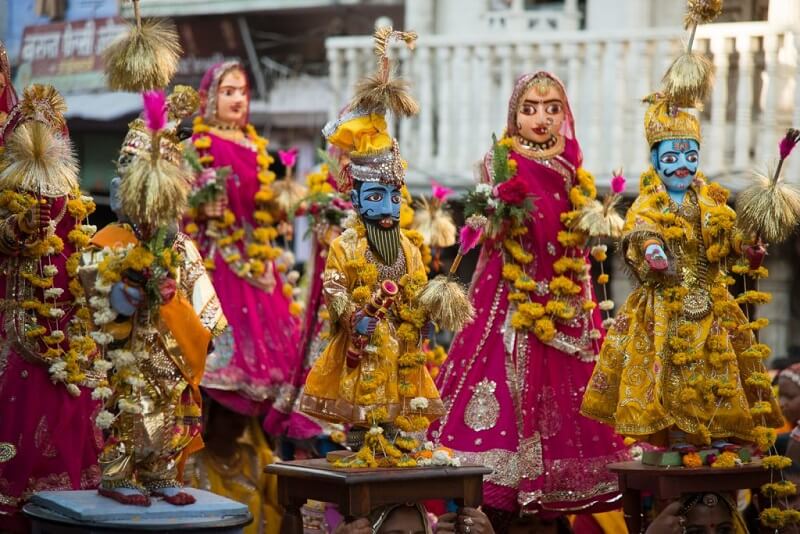
Highlights:
- Women dressed in traditional Rajasthani attire carry beautifully decorated idols of Gauri.
- Colorful processions through the streets of Jaipur.
- Folk music and dance performances.
Cultural Significance:
Gangaur reflects the devotion, faith, and artistic traditions of Jaipur. The festival is especially important for newly married women.
Why Attend:
The vibrant procession, featuring camel carts, folk artists, and traditional costumes, is a photographer’s delight.
4. Teej Festival
Time of Celebration: July–August (Shravan month in Hindu calendar)
Teej Festival in Jaipur is a monsoon celebration dedicated to Goddess Parvati, symbolizing love and devotion between married couples. Held in July–August, it is especially significant for married women, who dress in green attire, apply henna, and pray for their husband’s health and long life. The city bursts into life with processions starting from the City Palace, featuring the idol of Goddess Teej in a beautifully decorated palanquin. Accompanied by folk dancers, musicians, and performers, the parade showcases Rajasthan’s cultural richness. The streets are lined with stalls selling sweets like ghewar and traditional bangles. Swings decorated with flowers are installed in courtyards, where women gather to sing monsoon songs. The festival attracts locals and tourists alike, offering a spectacular blend of devotion, celebration, and artistry. For visitors, Teej is a window into Jaipur’s vibrant traditions, colorful attire, and the joyous spirit that defines Rajasthan’s festive culture.
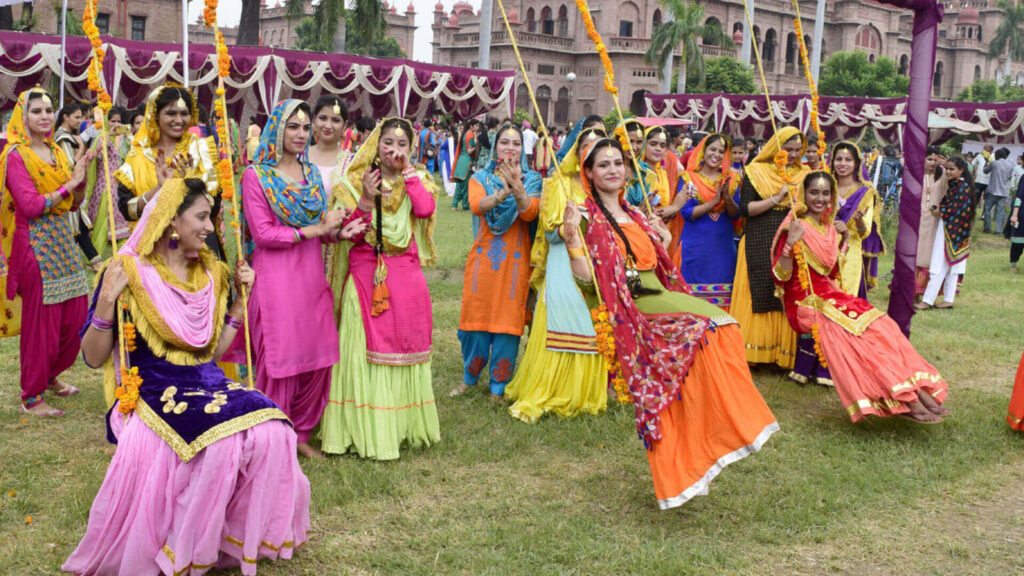
Highlights:
- Women wear green sarees and adorn themselves with traditional jewelry.
- Swinging on decorated swings (jhoolas) hung from trees.
- Processions with folk performances and decorated elephants.
Cultural Significance:
Teej celebrates love, marital harmony, and the joy of nature. It also marks the strengthening of familial bonds.
Why Attend:
The royal procession from the City Palace is a grand affair that showcases Jaipur’s regal traditions.
5. Jaipur International Film Festival (JIFF)
Time of Celebration: January
The Jaipur International Film Festival (JIFF) is a prestigious cinematic event held annually in January, celebrating global cinema and creative storytelling. Established in 2009, it attracts filmmakers, actors, critics, and cinema lovers from around the world. The festival screens a diverse selection of films, including feature films, documentaries, short films, and animation, providing a platform for both established and emerging talent. JIFF not only honors cinematic excellence through awards but also fosters cultural exchange by hosting workshops, panel discussions, and networking sessions. Venues like the iconic Raj Mandir Cinema and Golcha Cinema add a royal touch to the screenings. The event promotes independent filmmaking and encourages cross-border collaborations, making it a vital fixture in India’s film calendar. For movie enthusiasts visiting Jaipur, JIFF offers a unique opportunity to experience global cinema in the heart of Rajasthan’s vibrant cultural landscape.
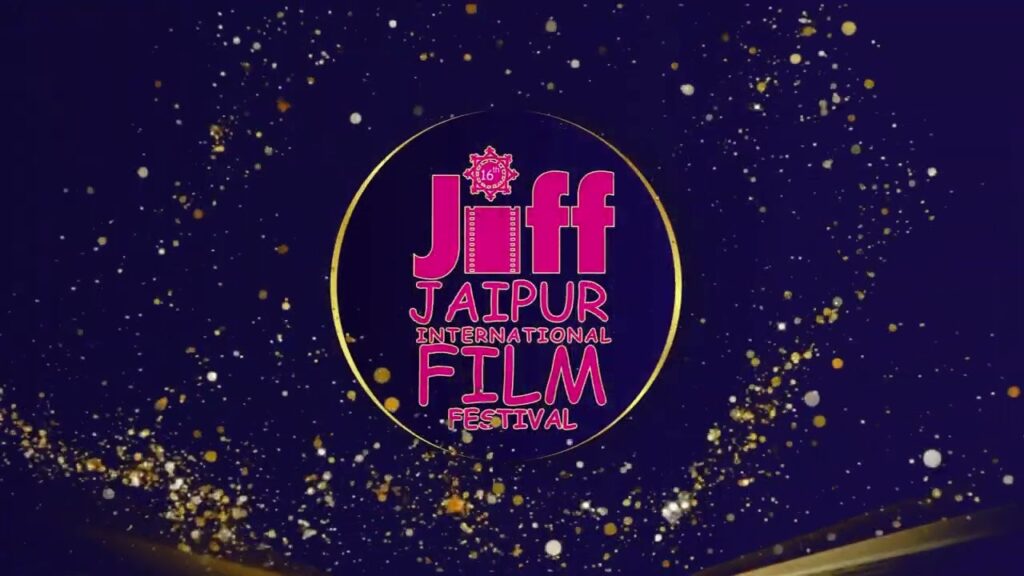
Highlights:
- Film screenings in multiple languages.
- Workshops and interactive sessions with filmmakers.
- Awards for excellence in filmmaking.
Cultural Significance:
JIFF serves as a platform for global cultural exchange and promotes the art of storytelling through films.
Why Attend:
If you’re a cinephile, JIFF is your chance to watch unique films that rarely make it to mainstream theaters.
6. Elephant Festival
Time of Celebration: March (a day before Holi)
Jaipur’s Elephant Festival is a unique and colorful celebration held annually during Holi, showcasing the city’s royal traditions. The event takes place at the Polo Ground near the City Palace and begins with a magnificent procession of elephants adorned in vibrant fabrics, intricate patterns, and elaborate jewelry. The festival includes activities like elephant polo, tug-of-war between elephants and humans, and races, all performed under strict ethical guidelines. Folk dancers, musicians, and performers add to the festive charm, creating a lively atmosphere for visitors. Traditionally, elephants symbolized power, prosperity, and royal grandeur in Rajasthan, and this festival keeps that legacy alive. Tourists from around the world flock to witness the majestic animals parading with grace. The Elephant Festival not only entertains but also highlights Jaipur’s cultural heritage, making it a distinctive and unforgettable experience during the city’s spring festivities.
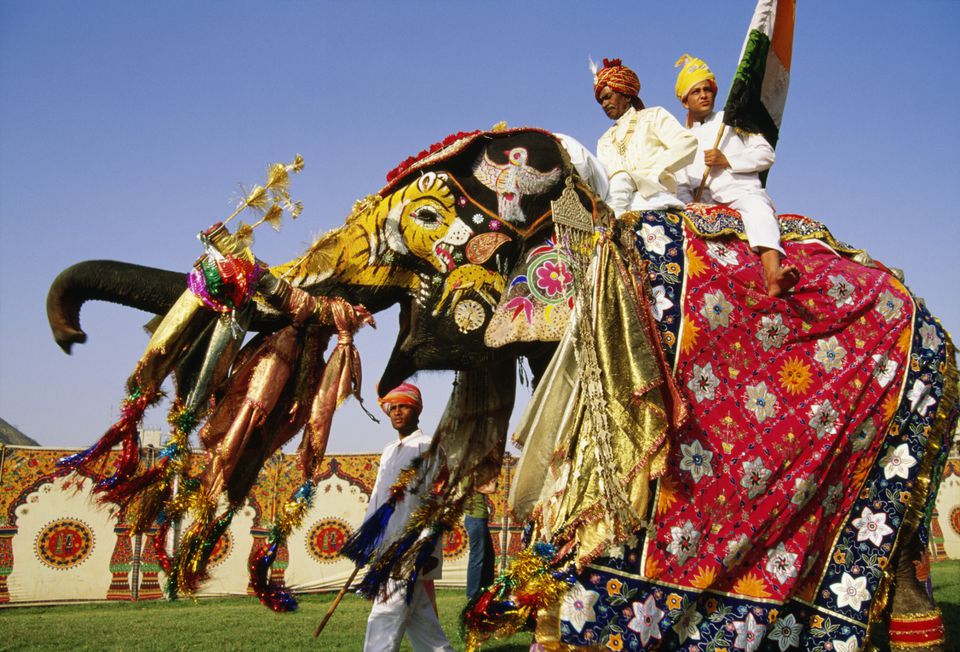
Highlights:
- Elephants decorated with vibrant colors, jewelry, and embroidered clothes.
- Elephant polo and races.
- Folk dances and music performances.
Cultural Significance:
The festival showcases Rajasthan’s royal heritage and the special bond between elephants and the people of Jaipur.
Why Attend:
It is one of the most exotic and regal spectacles in the world.
7. Jaipur Dussehra Festival
Time of Celebration: September–October
Dussehra in Jaipur is a grand celebration marking the victory of good over evil, symbolized by Lord Rama’s triumph over Ravana. Held in October, the festival is most prominently celebrated at the Ramlila Ground and other public venues, where large effigies of Ravana, Meghnath, and Kumbhkaran are set ablaze amidst cheers and fireworks. The day begins with vibrant processions, traditional dance performances, and enactments of scenes from the Ramayana. In Jaipur, Dussehra also coincides with fairs featuring handicraft stalls, amusement rides, and traditional snacks, creating a carnival-like atmosphere. The festival unites people from all walks of life, fostering a sense of community and joy. Against the backdrop of Jaipur’s illuminated streets and iconic landmarks, Dussehra becomes more than just a religious event—it is a cultural spectacle that showcases the Pink City’s love for tradition, storytelling, and celebration on a grand scale.
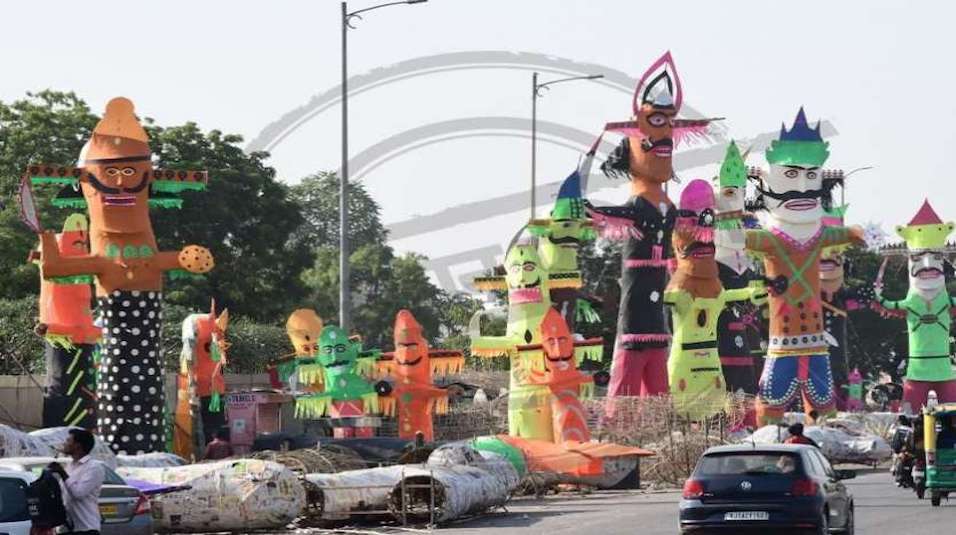
Highlights:
- Large processions with decorated chariots.
- Ram Lila (dramatic reenactment of the Ramayana).
- Fireworks display.
Cultural Significance:
Dussehra celebrates the victory of good over evil and brings communities together in joyous celebration.
8. Diwali in Jaipur
Time of Celebration: October–November
Diwali, the Festival of Lights, transforms Jaipur into a dazzling wonderland each October–November. The city’s markets, palaces, and streets are adorned with millions of twinkling lights, colorful lanterns, and intricate rangoli patterns. Famous for its “Diwali light competition,” Jaipur’s main bazaars compete to create the most stunning illuminations, attracting thousands of visitors. The celebration begins with Lakshmi Puja, where families pray for prosperity, followed by the bursting of firecrackers and exchange of sweets. Popular spots like Johari Bazaar, MI Road, and Hawa Mahal become hotspots for photography and shopping. The festival blends tradition with grandeur, offering cultural performances, folk music, and festive food. For tourists, Diwali in Jaipur is an immersive experience that captures the city’s warmth, hospitality, and vibrant spirit. The glowing streets against the backdrop of Jaipur’s pink architecture make it one of the most magical times to visit the city.
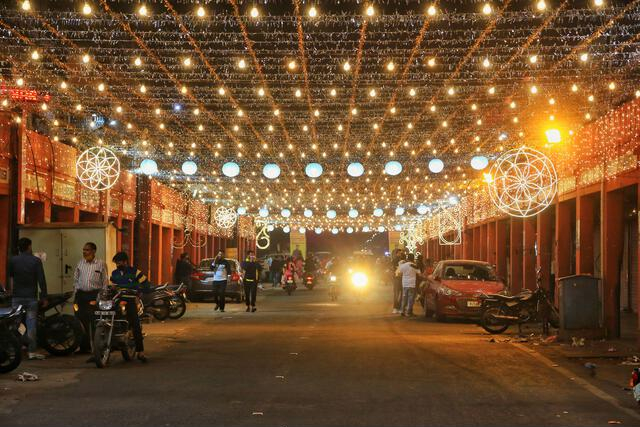
Highlights:
- Streets, markets, and monuments illuminated with colorful lights.
- Fireworks displays.
- Traditional sweets and gift exchanges.
Cultural Significance:
Diwali marks the return of Lord Rama to Ayodhya and symbolizes the triumph of light over darkness.
Why Attend:
The Diwali decorations of Johari Bazaar and MI Road are a magical sight.
9. Holi in Jaipur
Time of Celebration: March
Holi, the festival of colors, turns Jaipur into a joyful riot of hues every March. Celebrated with enthusiasm across the city, the festival marks the arrival of spring and the triumph of good over evil. Locals and tourists gather in open spaces, smearing each other with colored powders, splashing water, and dancing to the beats of drums and folk music. Jaipur adds its own charm to Holi with cultural performances, traditional Rajasthani folk dances, and festive delicacies like gujiya and thandai. Many events are organized at heritage hotels, forts, and cultural centers, offering visitors a safe and vibrant way to experience the festival. The celebrations often begin with Holika Dahan the night before, where bonfires are lit to signify the burning away of negativity. Holi in Jaipur is not just a festival—it’s a sensory explosion of color, music, laughter, and cultural unity.
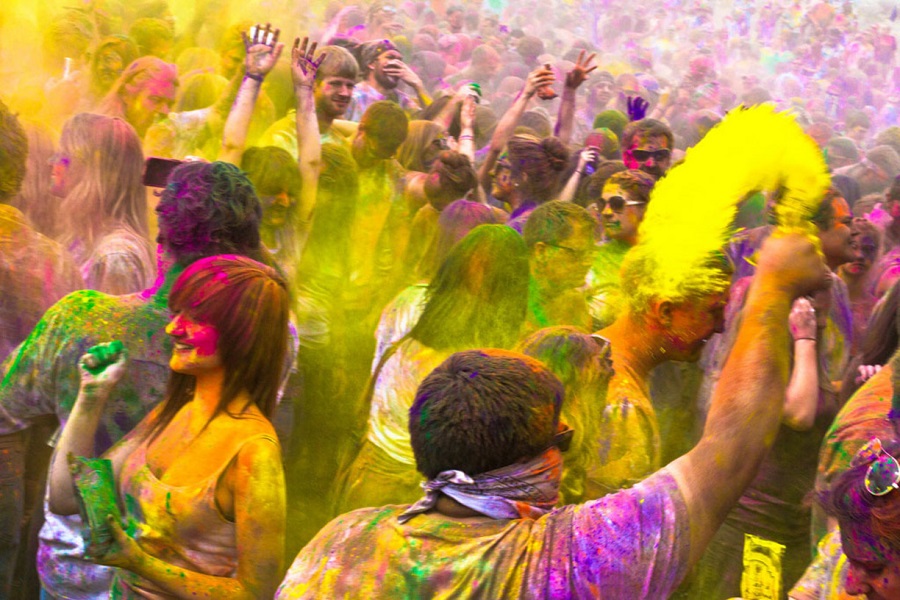
Highlights:
- Traditional gulal (colored powder) celebrations.
- Music and dance performances.
- Special events for tourists organized by Rajasthan Tourism.
Cultural Significance:
Holi celebrates love, unity, and the arrival of spring.
Why Attend:
Holi in Jaipur is both traditional and vibrant, with safe and tourist-friendly celebrations.
10. Jaipur International Folk Festival (JIFF – Music)
Time of Celebration: October
The Jaipur International Folk Festival (JIFF – Music) is a musical extravaganza celebrating the rich heritage of folk music and global sound traditions. Held annually at the majestic Mehrangarh Fort and other cultural venues in October, the festival brings together renowned folk artists, classical musicians, and contemporary performers from around the world. The event creates a magical fusion of traditional Rajasthani music with international genres, offering unique collaborations that resonate with audiences. Workshops, jam sessions, and interactive performances allow visitors to engage directly with artists. Set against Jaipur’s royal backdrop, the festival emphasizes cultural preservation while encouraging innovation in music. It attracts music lovers, travelers, and cultural enthusiasts seeking authentic experiences. The Jaipur International Folk Festival is more than just a concert—it’s a soulful journey that celebrates diversity, artistry, and the unifying power of music across cultures.
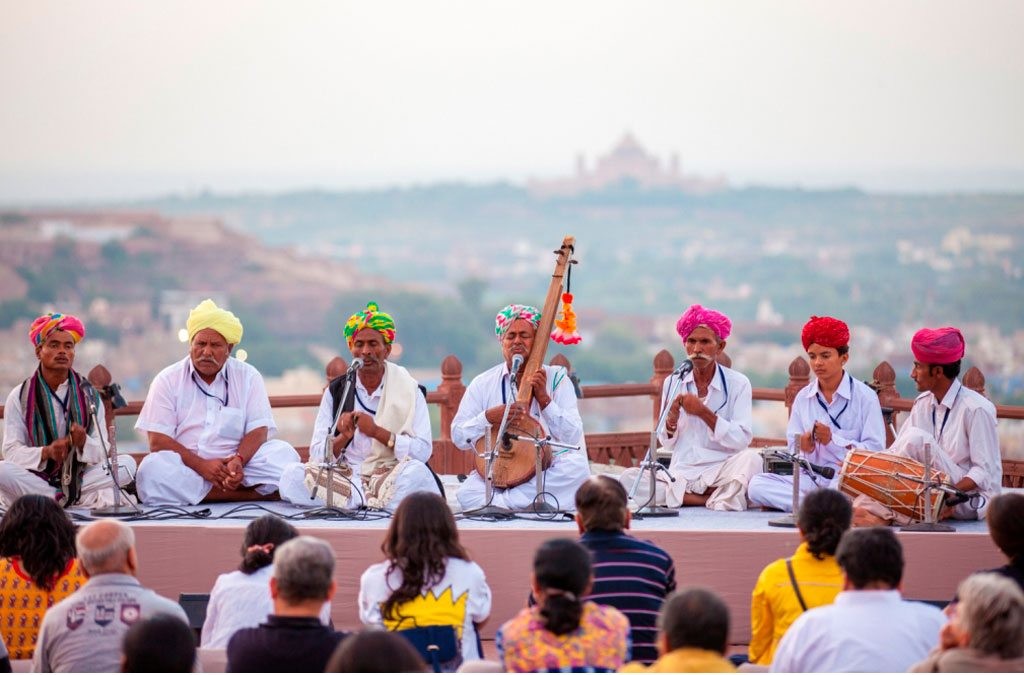
Highlights:
- Performances by Rajasthani folk artists and international musicians.
- Workshops on traditional instruments like sarangi and dhol.
- Fusion performances blending local and global music styles.
Cultural Significance:
The festival keeps folk traditions alive while also encouraging innovation in music.
The cultural festivals of Jaipur are a window into the city’s heart — a place where history, tradition, and modernity co-exist beautifully. From the intellectual buzz of the Jaipur Literature Festival to the visual spectacle of the Elephant Festival, each celebration tells a unique story.
Whether you are a lover of literature, cinema, music, or simply vibrant cultural experiences, Jaipur’s festive calendar offers something for everyone. Attending these festivals not only enriches your travel experience but also connects you to the living traditions of Rajasthan.
In Jaipur, every festival is a royal affair, and every celebration is a cultural treasure waiting to be explored.
